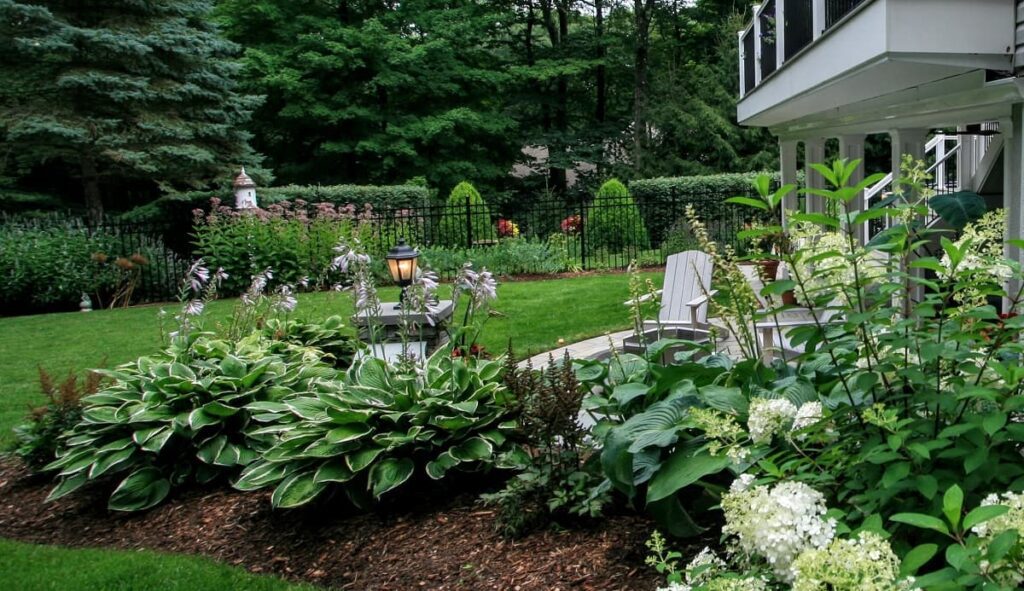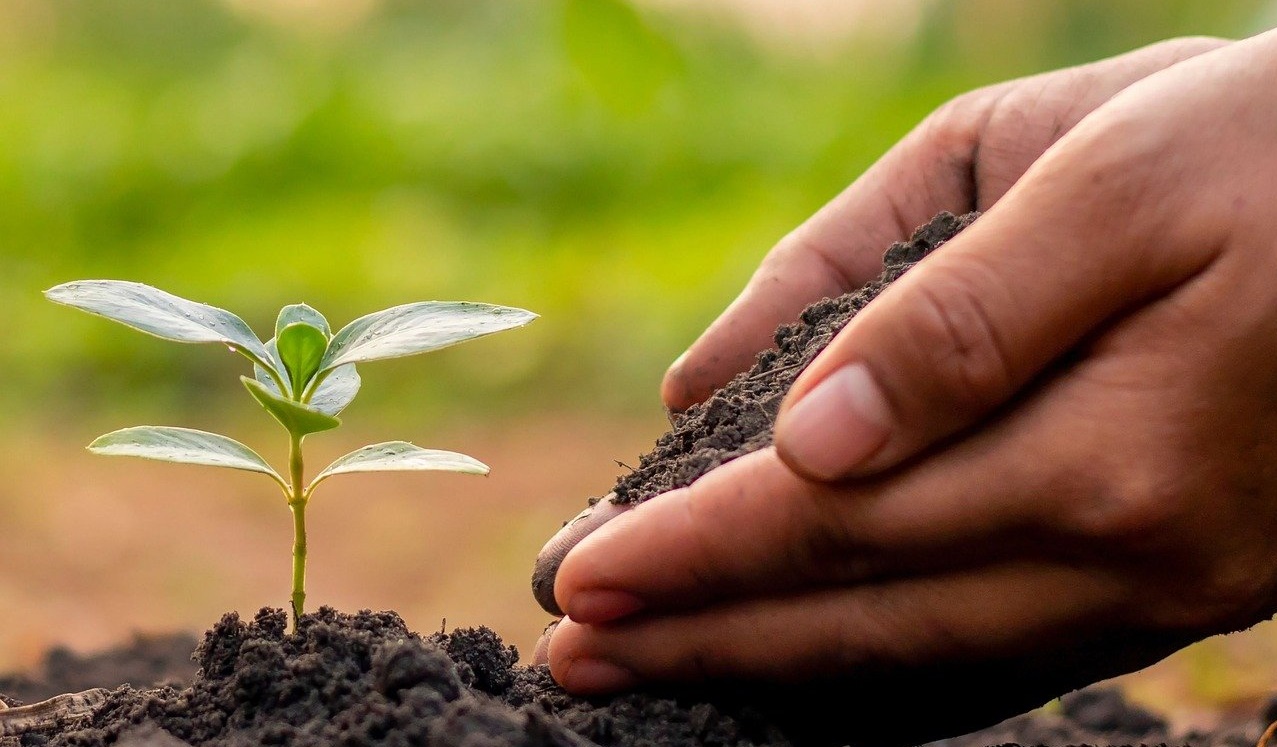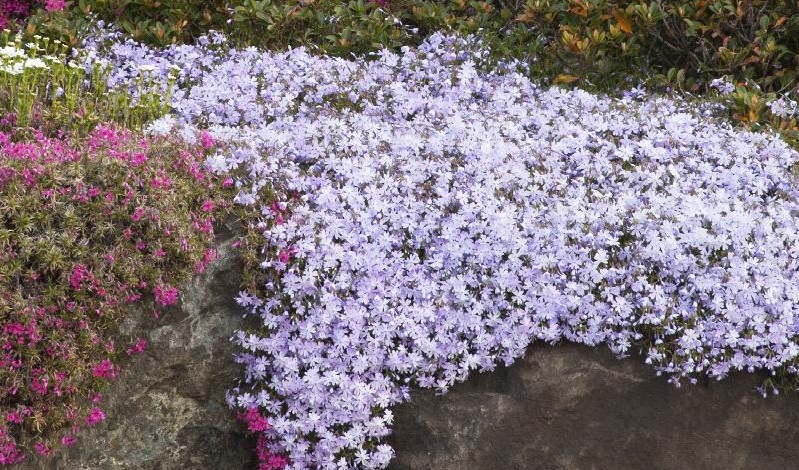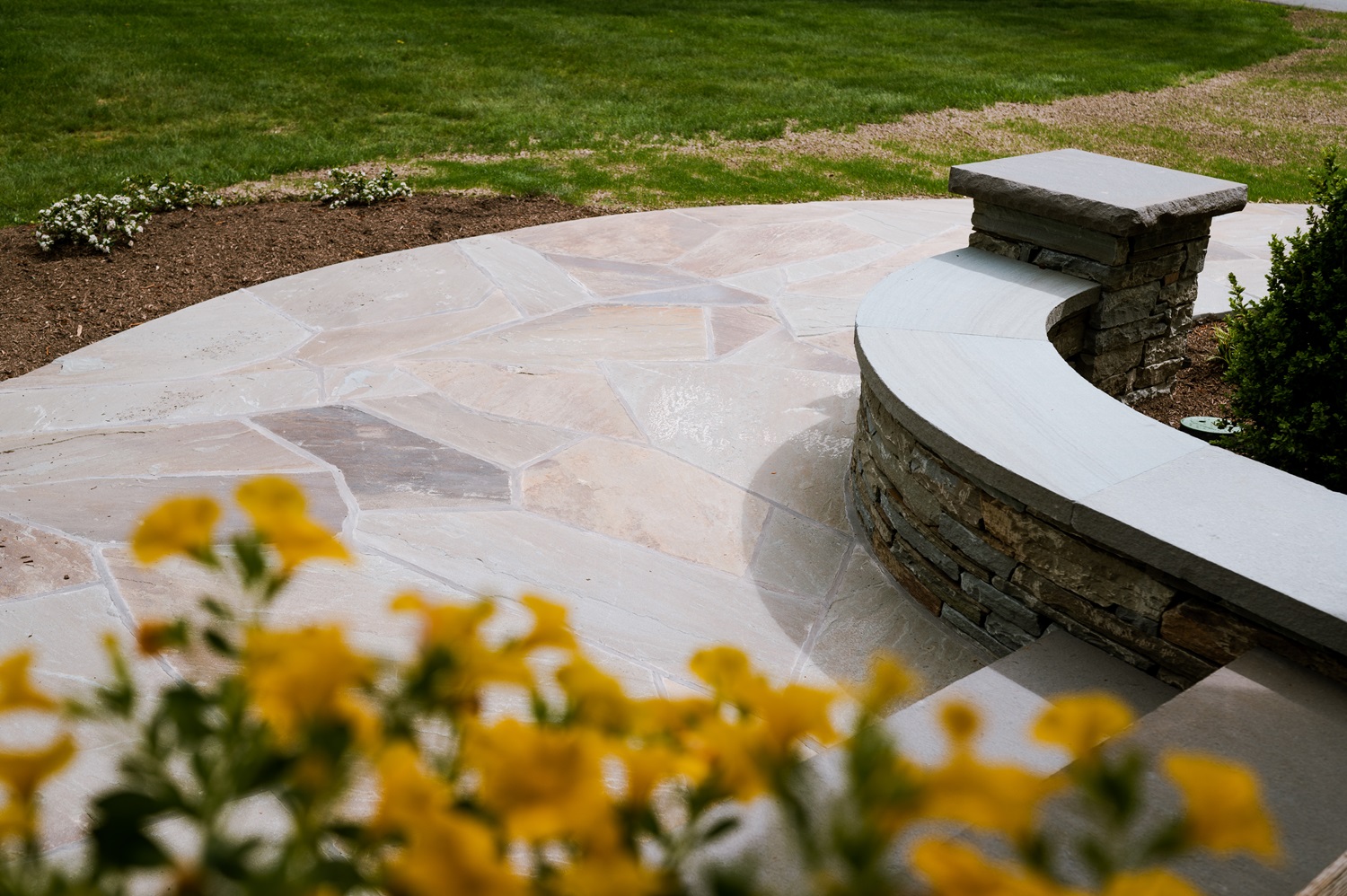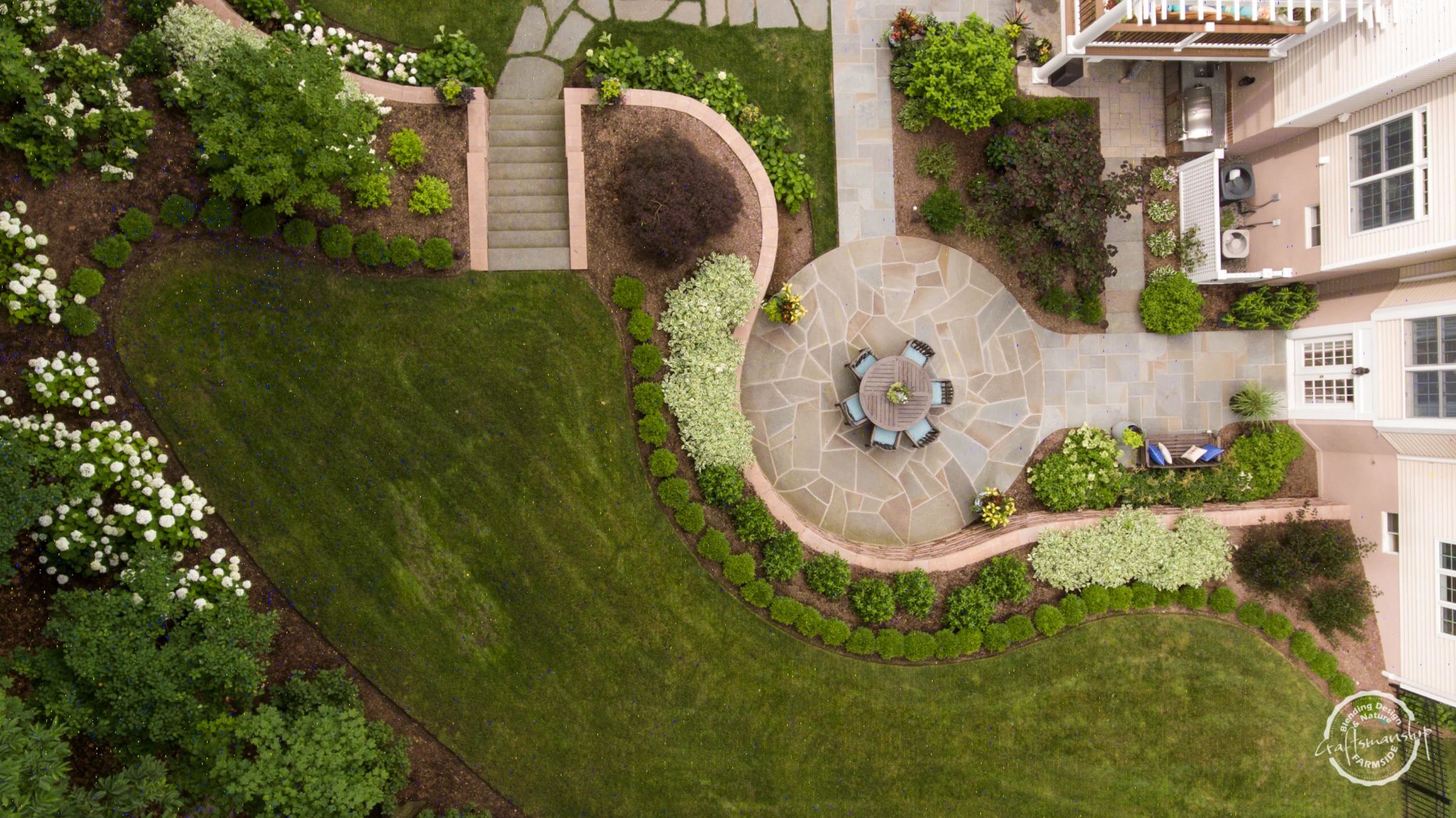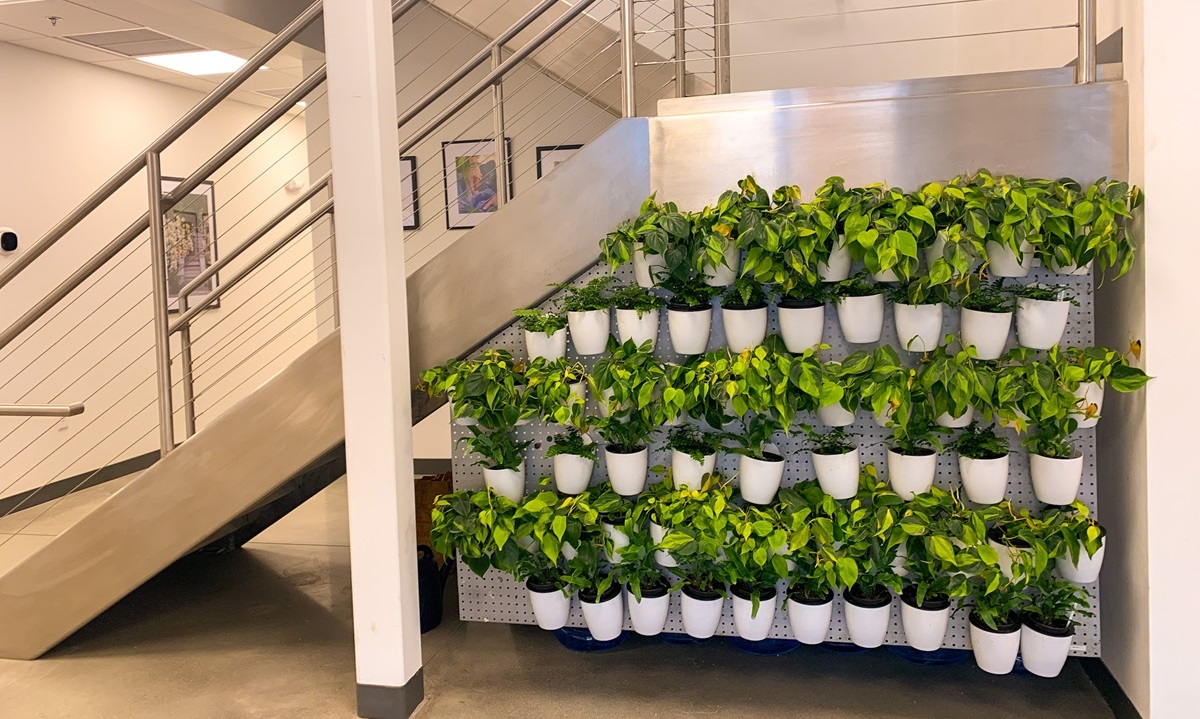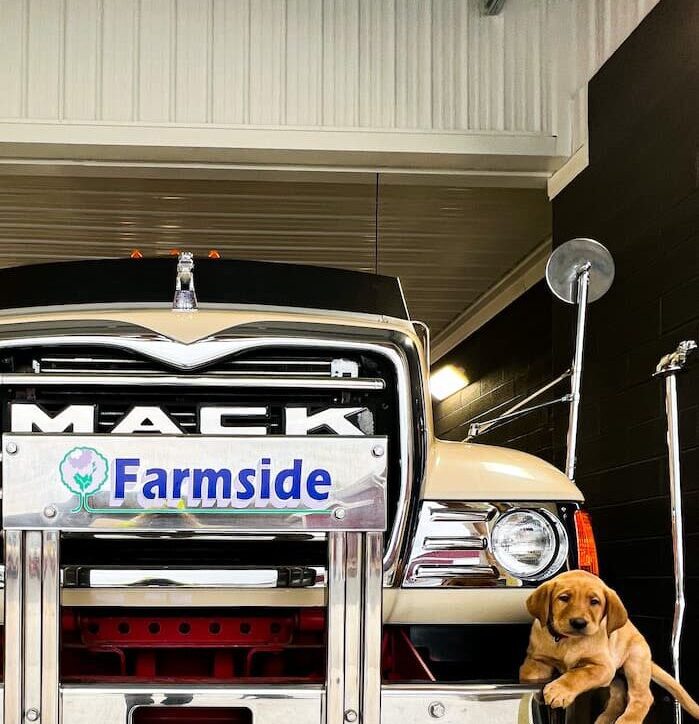First, let’s identify what an heirloom seed is. Heirloom seeds come from open-pollinated plants, meaning plants that are pollinated by bees, birds, butterflies, bats, moths, wind or rain. When properly isolated from other varieties in the same plant species, heirloom plants will produce seed that is genetically “true-to-type,” resulting in plants with very similar characteristics to the parent plant.
Hybrid plants are those created using the pollen from one variety of plant to pollinate a totally different plant variety, resulting in a new plant altogether. Saving hybrid seeds isn’t worth it, since the resulting plant would have a random combination of traits found from the cross-pollinated plants–not a replica of the plant the seeds came from.
7 Reasons to Save Seeds
Flavor and Quality – Over the centuries, farmers and home gardeners saved seeds from their favorite plants – those whose fruits and vegetables were most flavorful and productive, along with other desirable traits such as disease-resistance, hardiness and even aesthetics such as beauty and color.
Preservation of Genetic Diversity – As farming became more industrialized, crops were bred more for their ability to last during transportation than for flavor or texture. A thicker-skinned tomato travels better than a thin-skinned one, regardless of its taste. Too, varieties of crops were narrowed. During the 1800’s, there were more than 10,000 varieties of apples in the U.S. Now that number is closer to 7500, with those lost varieties gone forever.
Connection to History – Heirloom seeds are a living connection to the past. While a seed variety is typically considered an heirloom if it existed more than 50 years ago, some plant experts classify only seeds cultivated before World War II as heirlooms. Many heirloom seeds are much older, going back hundreds of years. One of the oldest heirloom seeds grown into a viable plant was that of a Judean date palm from 2,000 years ago!
Money-Saving – There’s no question that saving seeds can save you money. A typical pepper plant purchased at a nursery can cost $4-$5. Even a packet of pepper seeds can cost a few dollars. Growing food from seeds you’ve saved is a cost-effective way to enjoy a healthy diet.
Connection to Nature – Sowing seeds, cultivating plants, harvesting food crops, saving seeds and repeating the process connects you to your garden and the natural rhythm and cycles of nature. Additionally, seeds that have been passed down through generations of family members foster a sense of identity and connection from our past to our present and towards the future.
Support Bees & Other Pollinators – Growing seed crops provide food and shelter for bees as well as for butterflies, birds, wildlife and other essential and beneficial species.
Become Part of a Community – Seed sharing is a natural outgrowth of seed saving. Sharing seeds with family members, neighbors, community garden members and others help create a sense of community support and shared experience.
Tips on Seed Saving
- Growing plants for seeds is different than growing them to eat. You’ll be letting these plants bolt and literally go to seed which takes more time than waiting for fruits and vegetables to be ready to pick and eat.
- Start with seeds that are easy to save such as those that are large like beans.
- Understand which plants self-pollinate and which ones cross-pollinate. Self-pollinators are fertilized by their own pollen. This includes beans, peas, cauliflower, peppers and tomatoes and are the easiest to save and ensure that their seeds will grow true-to-type.
- Cross-pollinating plants such as cucumbers, corn, melons, pumpkins and squash need pollen from a neighboring plant to set seed. More than one variety of the same cross-pollinating vegetable (such as an acorn and a butternut squash) growing in close proximity can cause cross-pollination that results in a hybrid. There are strategies to prevent this such as growing different varieties at opposite corners of the property or opting to grow only one variety of these particular crops.
- Wait until seeds are fully ripe before harvesting them. If harvested too early, they won’t germinate. Fully ripened seeds are usually very hard – some experienced seed savers can tell by biting into a seed whether or not it’s ready (if it’s pliable, it’s not).
How to tell when seeds are ready to be saved:
Beans and Peas: Pods are brown and dry, and starting to split open.
Corn: Husks should be brown, dry and brittle, the silks dark and dry and the kernels very hard.
Peppers: Fruit has matured to its final color.
Squash: Leave on the vine until the skin becomes extremely hard. Harvest squash before first frost and store up to two months in cool conditions (50-60 degrees) to allow the seeds to mature further. Seeds should be plump and firm before harvesting.
Tomatoes: Seeds are ready when the tomato is ready to be eaten.
Eggplants & Cucumbers: Leave on the vine until they begin to turn yellow and their skin becomes tough. Seeds inside should be plump and firm.
Lettuce: Seeds should be mature 2-3 weeks after the lettuce flowers have opened. Look for feathery, dandelion-like plant structure before harvesting.
Melons and Watermelons: Simply reserve some of the seeds from the fruit you’re eating as long as they are plump and firm.
- Make sure seeds are thoroughly and properly dried so they remain viable and don’t become moldy. For seeds that need to be removed and dried from fermented flesh like eggplants and cucumbers, spread them out to dry on screens in a warm, dry place with a fan blowing on them to hasten the drying process. To determine if a seed is dry enough, press your fingernail into it – if it gives, it’s not ready.
- Store dried seeds properly. Place seeds in paper envelopes or seeds packets and label packets with the variety name of the seed and harvest date. Keep seed packets in mason jars, in a cool dark place for optimum seed viability, which can range from a few years to over a decade.
- Check out resources such as Seed Savers Exchange at www.seedsavers.org, a non-profit organization that preserves heirloom plant varieties through regeneration, distribution and seed exchange, for valuable information and seeds for purchase and exchange.
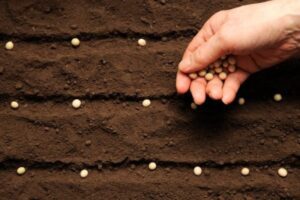
Image Credit: Family Handyman – How To Save Garden Seeds
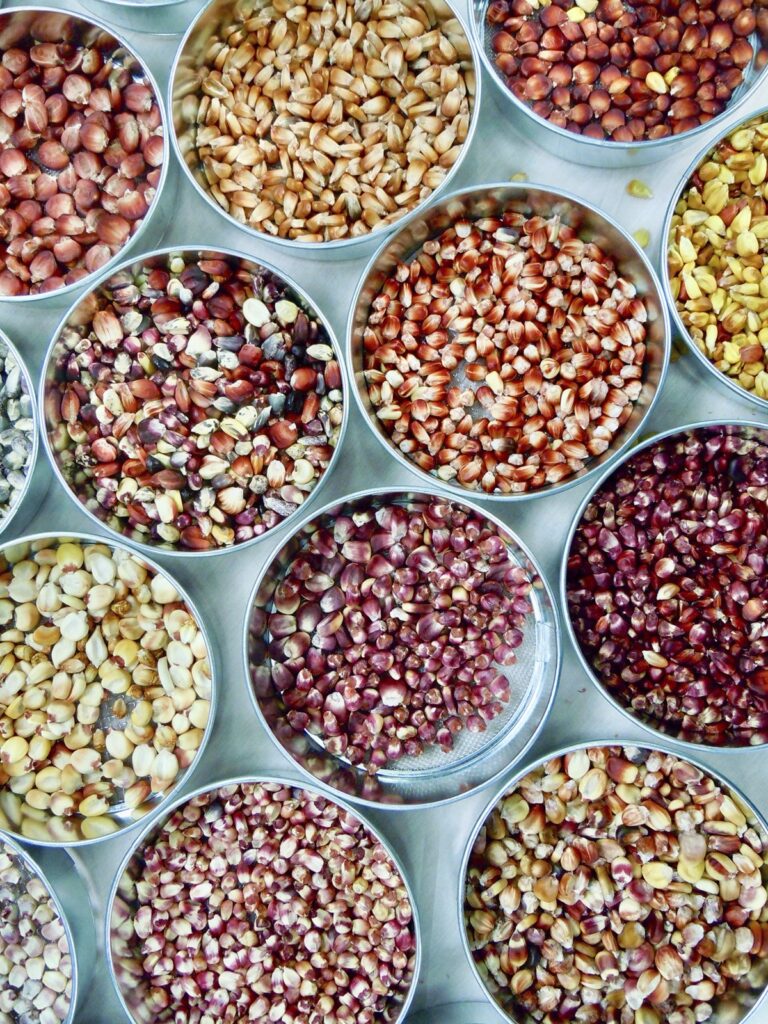
Image Credit: Master Garderner San Diego – Saving Seeds

